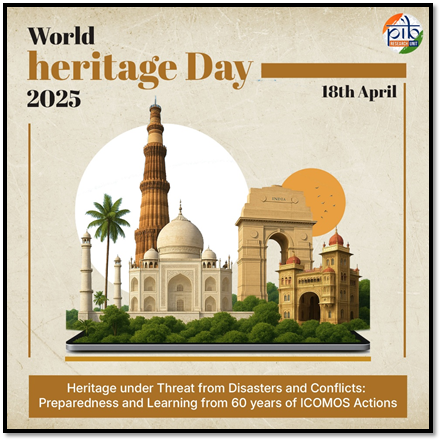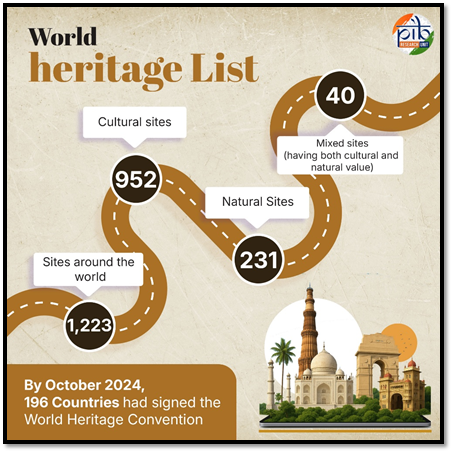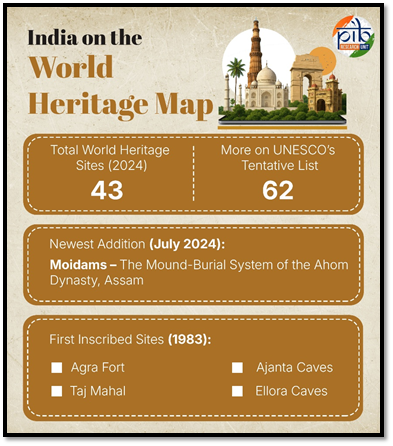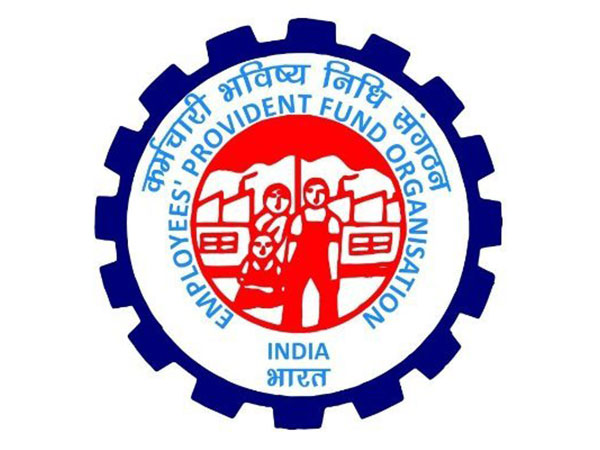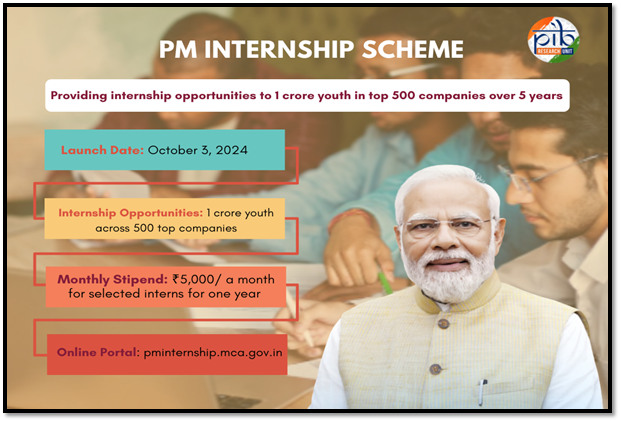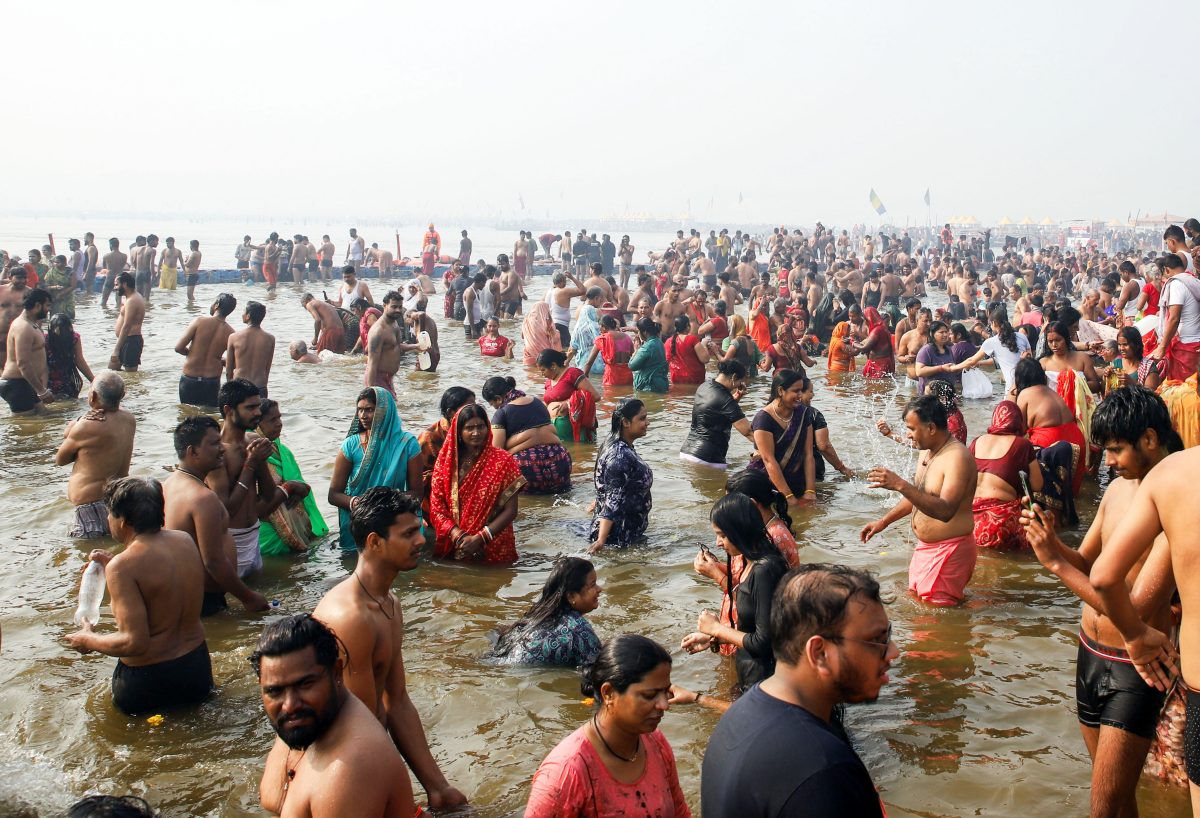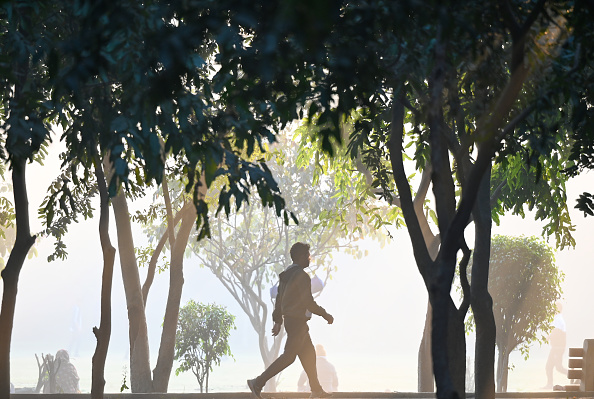India marked World Heritage Day on April 18 with renewed focus on safeguarding its cultural and natural legacy. Observed globally, the day aims to honour and protect sites of historical, cultural, and environmental value. The theme for this year—“Heritage under Threat from Disasters and Conflicts: Preparedness and Learning from 60 Years of ICOMOS Actions”—emphasises the urgency of protecting heritage in vulnerable zones, drawing from the work of the International Council on Monuments and Sites (ICOMOS).
World Heritage Day, also known as the International Day for Monuments and Sites, was proposed by ICOMOS in 1982 and officially adopted by UNESCO in 1983. Since then, the day has served as a global reminder of the need to protect human heritage and recognise the contributions of those involved in its preservation.
The World Heritage Convention, adopted by UNESCO member states in 1972, plays a key role in identifying and conserving cultural and natural sites deemed valuable to all of humanity. India ratified the Convention in November 1977. As of October 2024, there are 1,223 sites on the World Heritage List across 196 countries, including 952 cultural, 231 natural, and 40 mixed sites.
India currently has 43 World Heritage Sites and 62 sites on UNESCO’s Tentative List. In July 2024, “Moidams: The Mound-Burial System of the Ahom Dynasty” in Assam was added to the list as a cultural property. India’s journey in this regard began in 1983 with the inclusion of Agra Fort, the Taj Mahal, Ajanta Caves, and Ellora Caves.
The Ministry of Culture, through the Archaeological Survey of India (ASI), has undertaken several major initiatives to promote and preserve India’s heritage. Among these is the retrieval of antiquities from abroad. Since 1976, India has brought back 655 antiquities, with 642 of them recovered after 2014.
In 2017, the government launched the “Adopt A Heritage” scheme, revamped in 2023 as “Adopt A Heritage 2.0.” Under this programme, public and private entities can adopt monuments and contribute towards their maintenance and facility development using Corporate Social Responsibility (CSR) funds. To date, 21 Memorandums of Understanding (MoUs) have been signed under the scheme across multiple states.
India also played host to the 46th Session of the World Heritage Committee in Delhi from July 21 to 31, 2024. Organised by the Ministry of Culture and the ASI, the session was inaugurated by the Prime Minister and attended by nearly 2,900 delegates from over 140 countries. The event marked a significant moment in India’s engagement with global heritage preservation efforts.
The ASI is responsible for the conservation of 3,697 ancient monuments and archaeological sites of national importance. These sites are being upgraded with amenities such as interpretive signage, accessibility features for differently-abled visitors, and improved visitor services, including souvenir shops and sound and light shows.
Major redevelopment projects have also been undertaken to rejuvenate key religious and cultural centres. Projects such as the Kashi Vishwanath Corridor in Varanasi, Mahakaal Lok in Ujjain, Ma Kamakhya Corridor in Guwahati, and the Chardham Road Project aim to enhance pilgrim experiences and boost cultural tourism. Conservation efforts in Somnath and the development of the Kartarpur Corridor have also contributed to heritage accessibility and preservation.
To promote awareness of heritage sites, the ASI launched the “Must-See Monuments and Archaeological Sites of India” portal. This digital platform offers comprehensive details on around 100 prominent sites, including World Heritage and Tentative List properties, along with panoramic views, historical backgrounds, and access information.
Efforts in digitisation continue under the National Mission on Monuments and Antiquities (NMMA), which was established in 2007. The mission has documented over 12.3 lakh antiquities and more than 11,400 heritage sites. For the financial year 2024–25, ₹20 lakh was allocated to support this mission. In addition, the Indian Heritage in Digital Space (IHDS) initiative is leveraging immersive technologies to digitally preserve and present India’s cultural assets.
On the linguistic front, the Government of India granted classical language status to Assamese, Marathi, Pali, Prakrit, and Bengali on October 3, 2024. With this recognition, India now has 11 officially recognised classical languages, reinforcing the country’s dedication to preserving its ancient linguistic traditions.
India’s efforts also include the development of cultural institutions such as the Archaeological Experiential Museum in Vadnagar, inaugurated by Union Home Minister Amit Shah on January 16, 2025. Built at a cost of ₹298 crore, the museum spans 12,500 square metres and offers visitors an immersive view into Vadnagar’s 2,500-year-old history.
Another key addition is the new museum at Humayun’s Tomb in New Delhi. Inaugurated on July 29, 2024, the museum spans 100,000 square feet and presents an in-depth look at the site’s architectural and conservation history.
In a major literary achievement, three Indian texts—Ramcharitmanas, Panchatantra, and Sahrdayāloka-Locana—were inscribed into the Memory of the World Committee for Asia and the Pacific (MOWCAP) Regional Register on May 8, 2024. The inclusion of these works underlines India’s continued contribution to global literature and scholarship.










